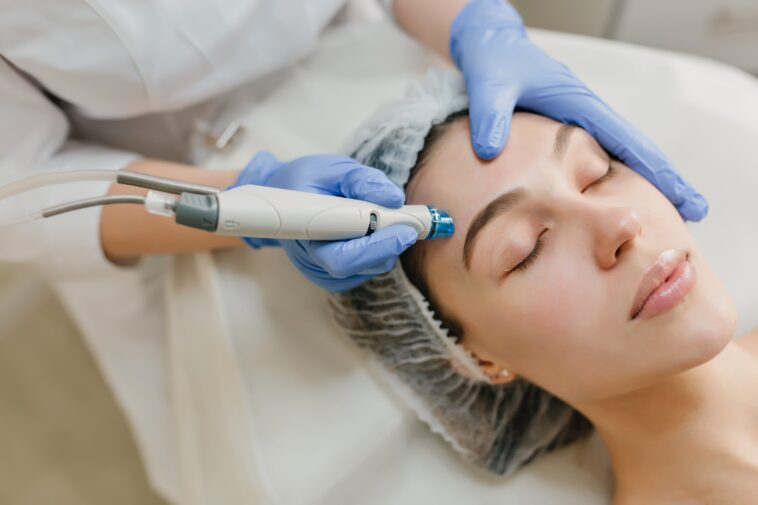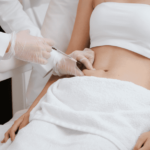Scarring is a natural part of the body’s healing process, but for many, it can be a source of frustration and concern. Whether caused by acne, surgery, burns, or injury, scars can vary in appearance, size, and severity. Fortunately, modern dermatology (طب الجلدية) offers a variety of treatments and techniques to minimize the appearance of scars and promote healing. This article delves into the different aspects of scar management, exploring both preventive measures and treatments that can help improve the skin’s appearance and restore confidence.
Understanding the Types of Scars
Before exploring treatment options, it’s important to understand the different types of scars. There are several types, including hypertrophic scars, keloids, atrophic scars, and contracture scars. Hypertrophic scars are raised and red, but they stay within the bounds of the original wound. Keloids, on the other hand, extend beyond the wound area and can be much larger and more prominent. Atrophic scars, often resulting from acne, are depressed and appear sunken. Contracture scars occur when the skin tightens, typically from burns, and can affect mobility. Each type requires a unique treatment approach tailored to its characteristics.
Preventing Scarring: Early Intervention
While some scars are unavoidable, early intervention can significantly reduce their appearance and severity. Keeping the wound clean and hydrated is crucial in preventing infection and promoting faster healing. Using silicone gel sheets or silicone-based creams has been shown to be effective in reducing the formation of raised scars, especially for individuals who are prone to hypertrophic or keloid scarring. Additionally, applying sunscreen to the healing area can prevent hyperpigmentation and protect the scar from UV damage, which can make scars more noticeable over time. Preventive measures like these can be pivotal in managing scars from the outset.
Topical Treatments for Scar Improvement
Topical treatments are a common first line of defense in scar management. Over-the-counter creams containing ingredients like vitamin E, silicone, and corticosteroids are often recommended for improving the appearance of scars. Silicone gels and sheets, in particular, are one of the most widely recommended products for reducing scar formation, as they hydrate the skin and promote collagen production, leading to softer and flatter scars. Steroid creams can be effective for reducing inflammation and flattening raised scars. However, it’s important to remember that the effectiveness of these treatments can vary depending on the type of scar and the individual’s skin type.
Advanced Dermatological Treatments for Scars
For more severe or persistent scars, dermatologists may recommend advanced treatments. Laser therapy is a popular option for improving the appearance of scars, especially for atrophic and hyperpigmented scars. Fractional CO2 lasers stimulate collagen production and improve skin texture, reducing the visibility of scars. Another effective treatment is microneedling, which uses tiny needles to create micro-injuries in the skin, stimulating the healing process and encouraging the production of new collagen. Chemical peels, which remove the top layers of skin, can also improve the appearance of scars by promoting the growth of smoother skin. These treatments are often used in combination for optimal results.
Injectables and Surgical Options for Scar Reduction
In some cases, more invasive procedures may be necessary to manage scars. Injectable treatments, such as corticosteroid injections, are commonly used for raised scars like hypertrophic scars and keloids. These injections can help flatten and soften scars over time by reducing collagen production. In more severe cases, surgical options such as scar revision or excision may be considered. These procedures remove the scar tissue and close the wound in a way that minimizes further scarring. However, these treatments are typically reserved for more stubborn scars that do not respond to other therapies.
Conclusion
Scar management has come a long way, thanks to advancements in dermatology(طب الجلدية) . From preventive measures like silicone-based products and sunscreen to advanced treatments such as lasers, microneedling, and injectables, there are a variety of options to address scars. Understanding the type of scar and the most effective treatment methods is key to achieving the best possible outcome. With early intervention and the right treatment approach, it is possible to significantly improve the appearance of scars and regain confidence in the skin’s appearance.
This post was created with our nice and easy submission form. Create your post!





